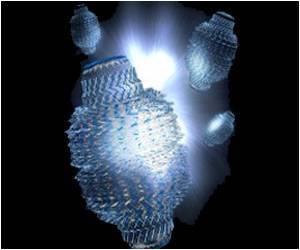A new two-dimensional material was produced by researchers who believe this could revolutionize the electronics market with thinner, faster and lighter gadgets.

But RMIT University and CSIRO researchers have made a new flat material, made up of layers of crystal known as molybdenum oxides, which has properties that encourage the free flow of electrons at ultra-high speeds.
According to them, this could boost the speed of communication and capacitance, the ability to store an electrical charge, using the same size chips as are used today.
IN the new study, they explain how they adapted the ground-breaking material graphene to create a new conductive nanomaterial.
Graphene was created in 2004, and was touted as the two dimensional material of the future, winning its UK inventors a Nobel Prize in 2010.
However, some of its physical properties prevent it from being used for high-speed electronics.
Advertisement
Zhuiykov said that the importance of the new discovery is how quickly electrons that conduct electricity are able to flow through the new material.
Advertisement
The study has been published in the journal Advanced Materials.
Source-ANI









